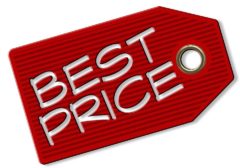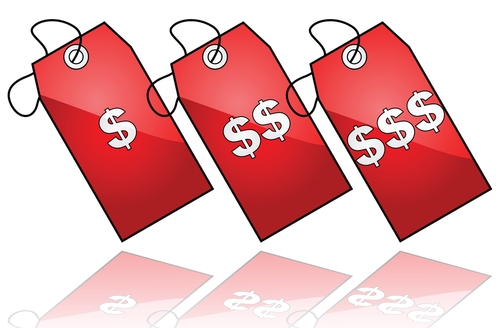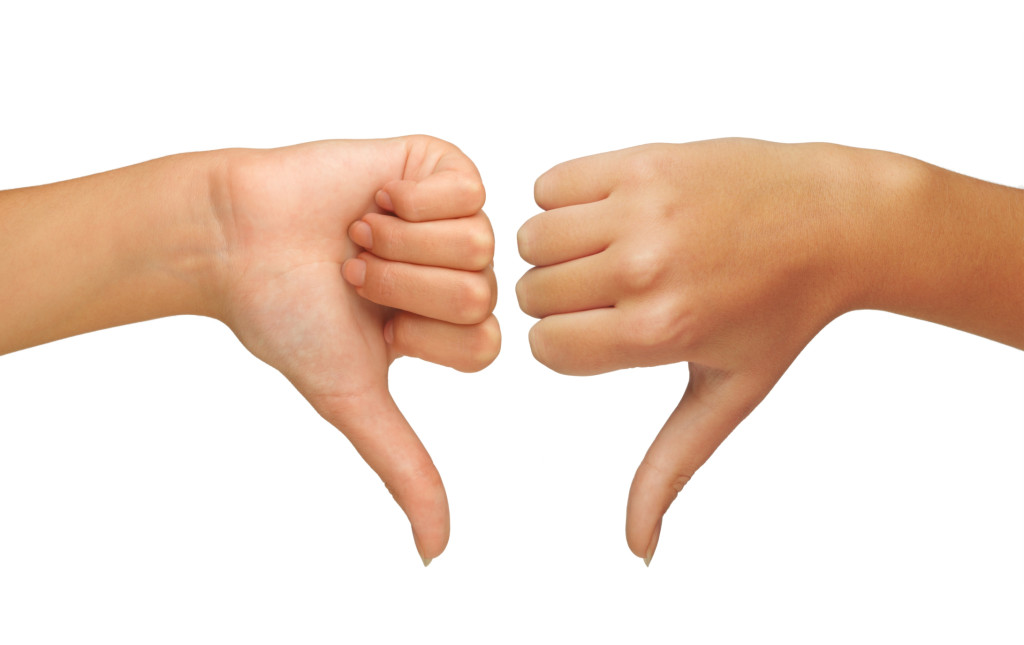 Last week, we were asked why we at Veritus (known as “relationship-oriented” people) used the word “prices” in our discussion of creating donor offers at different dollar amount levels.
Last week, we were asked why we at Veritus (known as “relationship-oriented” people) used the word “prices” in our discussion of creating donor offers at different dollar amount levels.
The question appropriately suggested that the word “price” belongs over there in the commercial world, not here on the non-profit side – because on this side, we do not want to commercialize or denigrate the “things of the heart and mission” that happen here.
Good thoughts.
The definition of the word “price” is the amount of money expected, required, or given in payment for something.
In fundraising, a donor parts with money when she perceives that the “price” she is “paying” is worth what happens when the money is used. She is giving a sum of money for “something,” and it is the right exchange for her.
This is a key concept that you, as a major gift fundraiser, should pay attention to when designing asks for your caseload donor. What is “right” for the donor to expect, related to the amount you propose to ask for?
In all of our training and writings, Jeff and I have said that you need to know where you are going when you do an ask. You need to make sure the ask matches the donor’s passions and interests, that the amount (price) and gift plan is right, and that the timing of the ask is right.
So hold that thought.
Have you ever noticed, out there in the commercial world, how pricing is used? I am sure you have. Let’s study it some more.
Notice that when you buy an airline ticket, you can buy a seat in the back of the plane for one price, in the area with more leg room for another price, in the area with leg room plus some “extra stuff” for yet another price; and finally first class at the highest price. It’s all the same plane, same time, same destination – but different experiences.
Or when you are buying a computer – there is this one with these 2 features for this price, then that one with two additional features for another price, or even a third choice with more added features for a larger price.
Or in the department store, a jacket or blouse is offered at one price, and a different brand of the same thing at a higher price.
These commercial folks are giving us choice. And if you study how you interact with those choices, you will learn a lot about what you should present to your caseload donors so they can make a choice.
What I am suggesting here is that, when making an ask, you should have a firm offer to a donor at a specific ask amount (price) that will accomplish the core things that the donor values. That is basic.
But I am also suggesting that you should be prepared for alternate “prices” and offers up and down the spectrum.
I am working with a client now on a core ask that is “priced” at $500,000, which will accomplish three things. We also have an “enhanced” ask for $750,000 that will accomplish the original three things plus two additional items. We are also prepared to state what a gift of $300,000 will do.
So we have same basic ask that matches the donor’s passions and interests, and one at a level that we are convinced is a perfect match. But we’re prepared with three “prices” with three different scenarios of what will get done.
Try looking at your larger asks in this way. It is good to have options, especially with your top donors.
Richard
Search Blog Posts





0 Comments